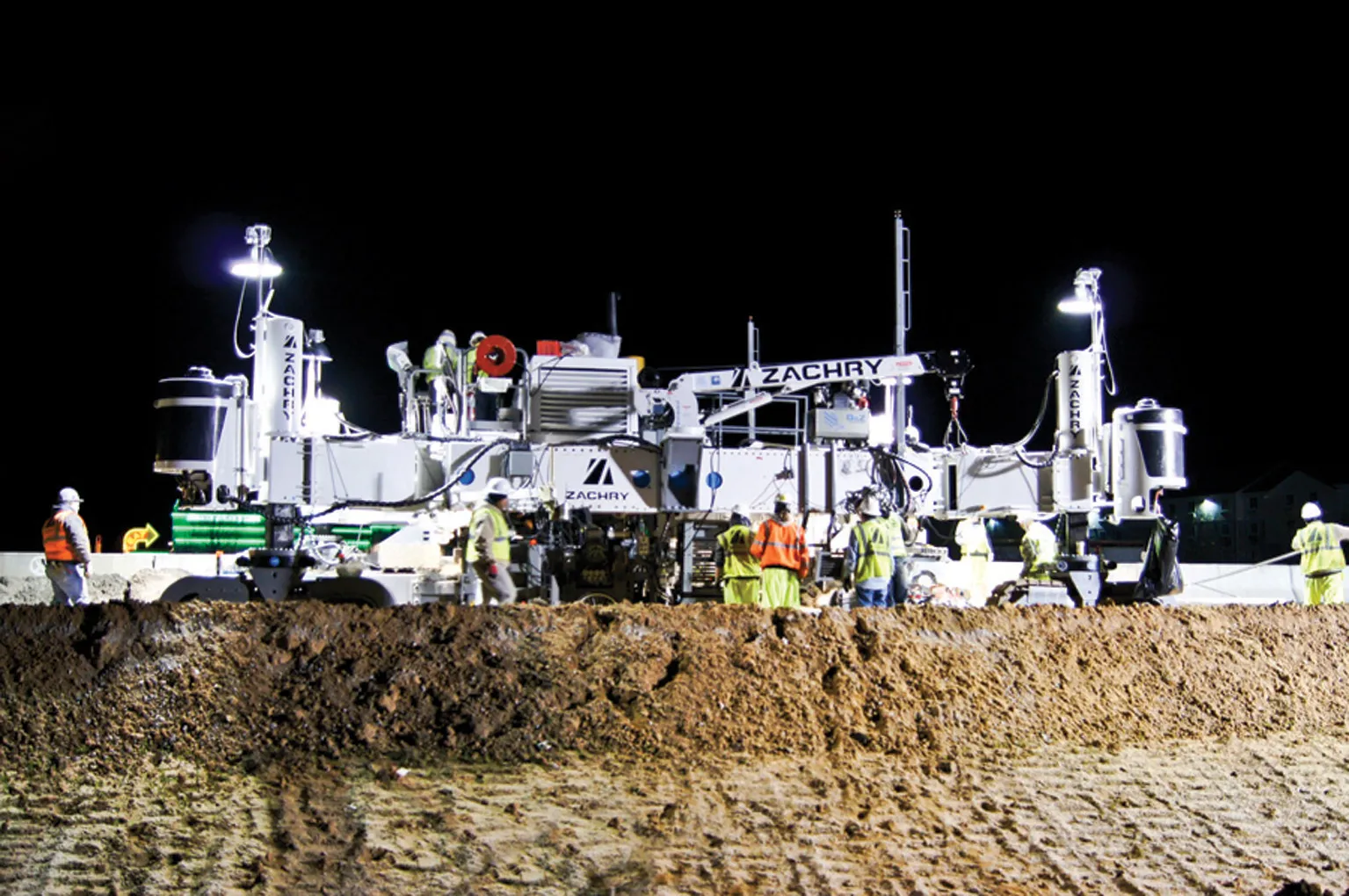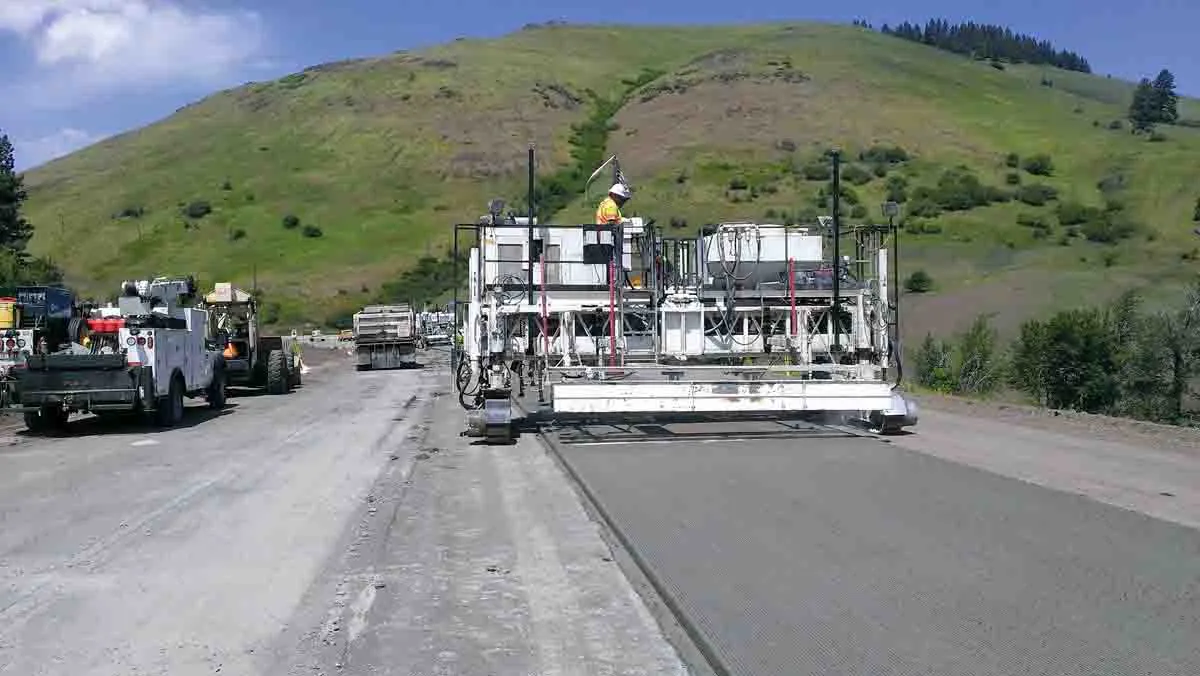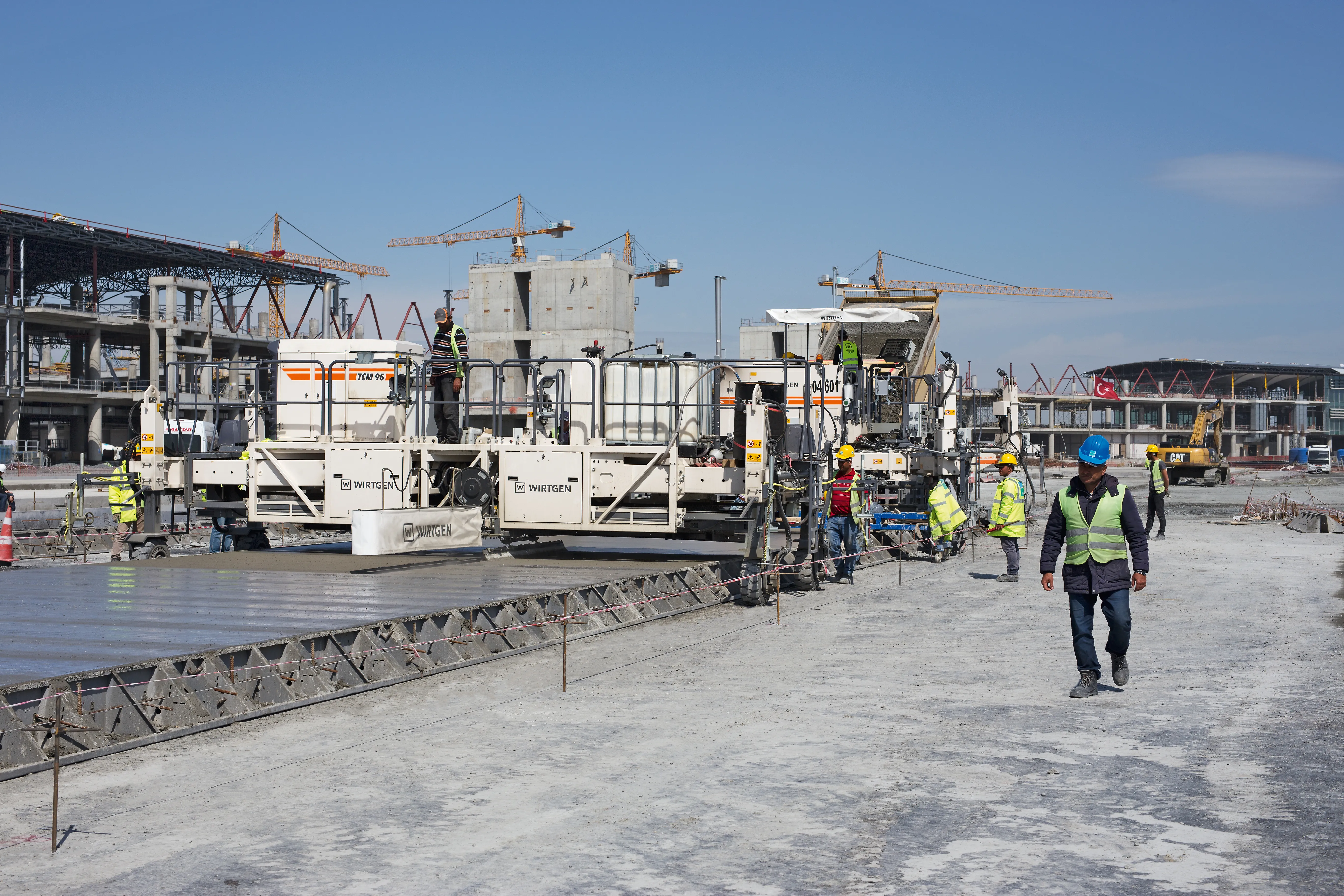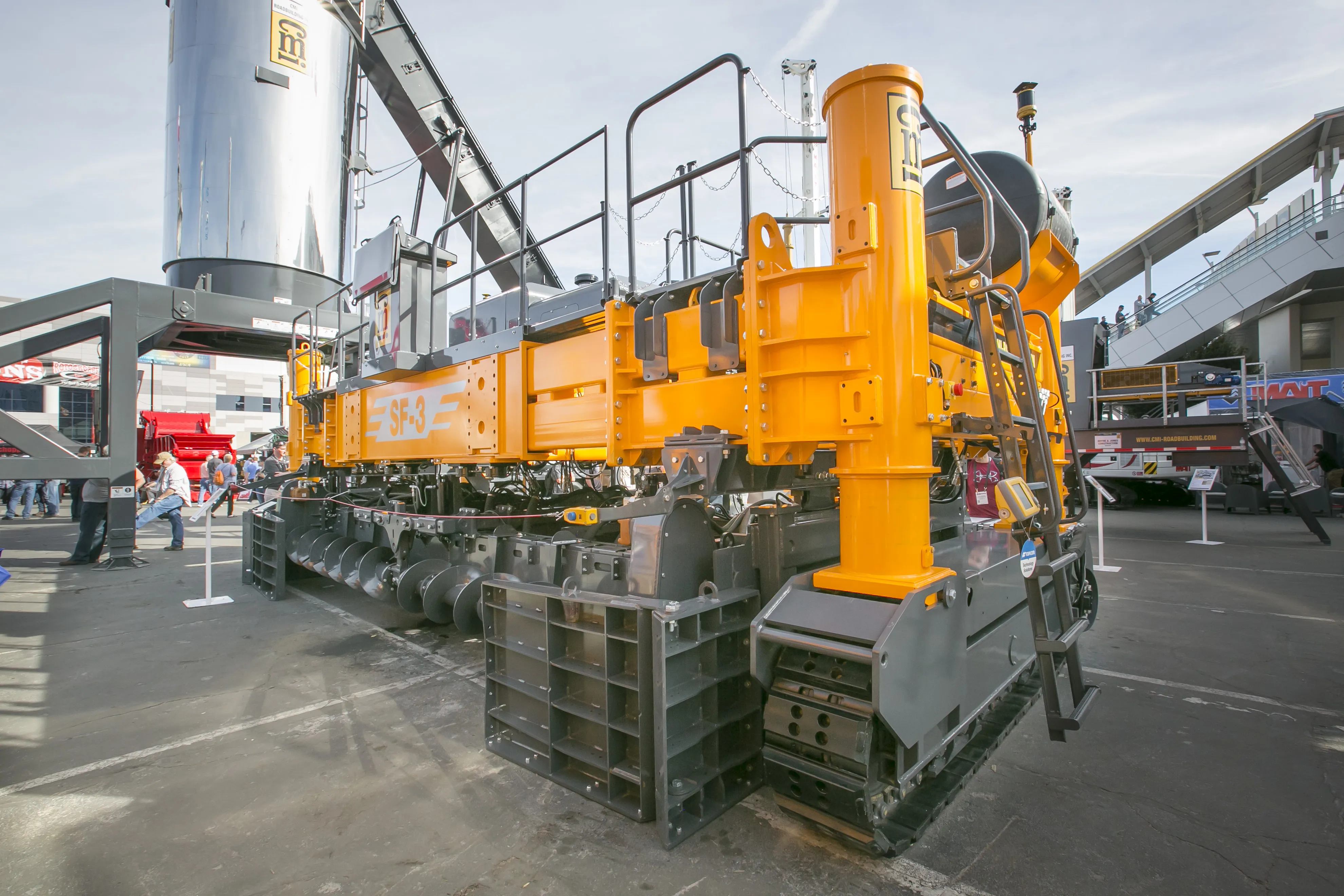The E60 highway project forms a key route of strategic importance for both Europe and Asia. This long road from the port of Brest in France, crosses Germany, Austria, Hungary, Romania, Switzerland, Georgia, Azerbaijan, Turkmenistan, Tajikistan, Uzbekistan, and ends at Irkeshtam in Kyrgzstan.
February 20, 2012
Read time: 4 mins
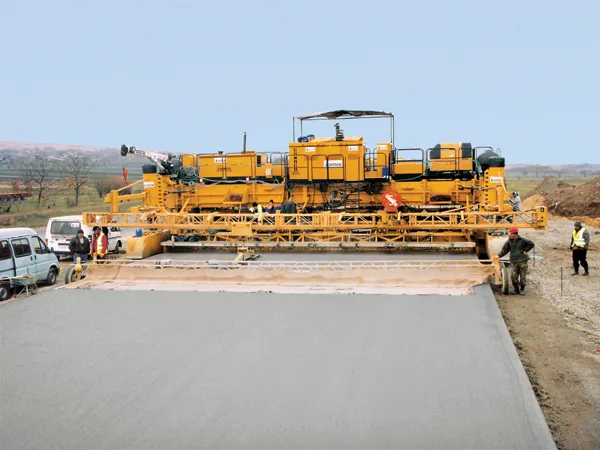
The E60 highway project forms a key route of strategic importance for both Europe and Asia. This long road from the port of Brest in France, crosses Germany, Austria, Hungary, Romania, Switzerland, Georgia, Azerbaijan, Turkmenistan, Tajikistan, Uzbekistan, and ends at Irkeshtam in Kyrgzstan. The E60 follows the ancient route of the Silk Road, a 6,437km long trade route used for transporting goods, such as silk, from China to different parts of the world. This route has an impressive history stretching back over 2,000 years as a trade route, and is still important today.
Georgia is investing heavily in its highway structure and this includes rebuilding the E60 across the country. Israeli firm Ashtrom International was responsible for rebuilding a 25km section of the old highway, the stretch connecting Igoeti to Sveneti. This has been rebuilt as a new, four-lane highway and also introduced modern concrete slipforming techniques to the country. The use of concrete for road construction offers a long-lasting solution, particularly in countries such as Georgia where winter conditions can be tough.
Ashtrom International purchased a new218 Gomaco GP-4000 slipform paver with an independent dowel bar inserter (IDBI) and a T/C-600 texture/cure machine to slipform the new east/west portion of roadway. The paving season is short in Georgia, due to winter weather, so deadlines were tight to get the equipment manufactured and shipped from GOMACO's plant at Ida Grove in the US state of Iowa. The fastest method of delivery was by air, so Ashtrom hired a massive Russian Antonov cargo plane to transport its new equipment.
Ruslan International, a new partnership between Antonov Airlines and Volga-Dnepr Airlines, provided the Antonov 124-100 aircraft used to transport the GP-4000 to Georgia. The aircraft flew from Lincoln in Nebraska, to Gander in Newfoundland, before heading across the Atlantic to Prestwick in Scotland, Bergas in Bulgaria and finally landing in Georgia. The GP-4000's shipping dimensions are 15x3x3.7m and it weighs around 42tonnes, while the special 5000 series mold with auger/strike-off weighs around 15.8tonnes and the aircraft also had to carry the IDBI as well as various other paver components.
The GP-4000 slipformed the new road to be 11.5m wide by 280mm thick. The pavement profile consisted of a 1m wide outside shoulder, two 3.75m wide driving lanes, and a 3m wide inside shoulder. The transverse joint in the pavement was every 5m where the IDBI implanted 28 dowel bars across the width of the new road. The configuration of the lanes dictated different spacings for insertion of the 25mm diameter by 0.5m long bars. The inside lane is designated as the high-traffic lane, so extra bars were built into its design to handle the heavier load. All bars were placed 140mm into the centre of the slab's thickness.
Concrete for the project was provided by Ashtrom's on-site batch plant, which was set up in the centre of the project. In all 25 dump trucks carrying 7m3 loads were needed to keep the GP-4000 supplied with concrete. Slump averaged between 30-40mm, a feature that was critical to the job.
Paving production averaged between 450-500m/day, although the crew did achieve 765m on one 10.5 hour day. In General, production was limited by subgrade preparation as Ashtrom's crew could pave faster than the subgrade crew could place and level the crushed stone base.
The paver did have to be moved around a lot on the project and the contractor said that the GP-4000's versatility came in useful. The machine would be used to pave one day, transported to the next section the next day and then be used for paving again the following day.
A T/C-600 texture-cure machine followed the GP-4000 paver. It applied a carpet drag finish and sprayed a curing compound on the new roadway and this performed well to the tolerances required.
Georgia is investing heavily in its highway structure and this includes rebuilding the E60 across the country. Israeli firm Ashtrom International was responsible for rebuilding a 25km section of the old highway, the stretch connecting Igoeti to Sveneti. This has been rebuilt as a new, four-lane highway and also introduced modern concrete slipforming techniques to the country. The use of concrete for road construction offers a long-lasting solution, particularly in countries such as Georgia where winter conditions can be tough.
Ashtrom International purchased a new
Ruslan International, a new partnership between Antonov Airlines and Volga-Dnepr Airlines, provided the Antonov 124-100 aircraft used to transport the GP-4000 to Georgia. The aircraft flew from Lincoln in Nebraska, to Gander in Newfoundland, before heading across the Atlantic to Prestwick in Scotland, Bergas in Bulgaria and finally landing in Georgia. The GP-4000's shipping dimensions are 15x3x3.7m and it weighs around 42tonnes, while the special 5000 series mold with auger/strike-off weighs around 15.8tonnes and the aircraft also had to carry the IDBI as well as various other paver components.
The GP-4000 slipformed the new road to be 11.5m wide by 280mm thick. The pavement profile consisted of a 1m wide outside shoulder, two 3.75m wide driving lanes, and a 3m wide inside shoulder. The transverse joint in the pavement was every 5m where the IDBI implanted 28 dowel bars across the width of the new road. The configuration of the lanes dictated different spacings for insertion of the 25mm diameter by 0.5m long bars. The inside lane is designated as the high-traffic lane, so extra bars were built into its design to handle the heavier load. All bars were placed 140mm into the centre of the slab's thickness.
Concrete for the project was provided by Ashtrom's on-site batch plant, which was set up in the centre of the project. In all 25 dump trucks carrying 7m3 loads were needed to keep the GP-4000 supplied with concrete. Slump averaged between 30-40mm, a feature that was critical to the job.
Paving production averaged between 450-500m/day, although the crew did achieve 765m on one 10.5 hour day. In General, production was limited by subgrade preparation as Ashtrom's crew could pave faster than the subgrade crew could place and level the crushed stone base.
The paver did have to be moved around a lot on the project and the contractor said that the GP-4000's versatility came in useful. The machine would be used to pave one day, transported to the next section the next day and then be used for paving again the following day.
A T/C-600 texture-cure machine followed the GP-4000 paver. It applied a carpet drag finish and sprayed a curing compound on the new roadway and this performed well to the tolerances required.


